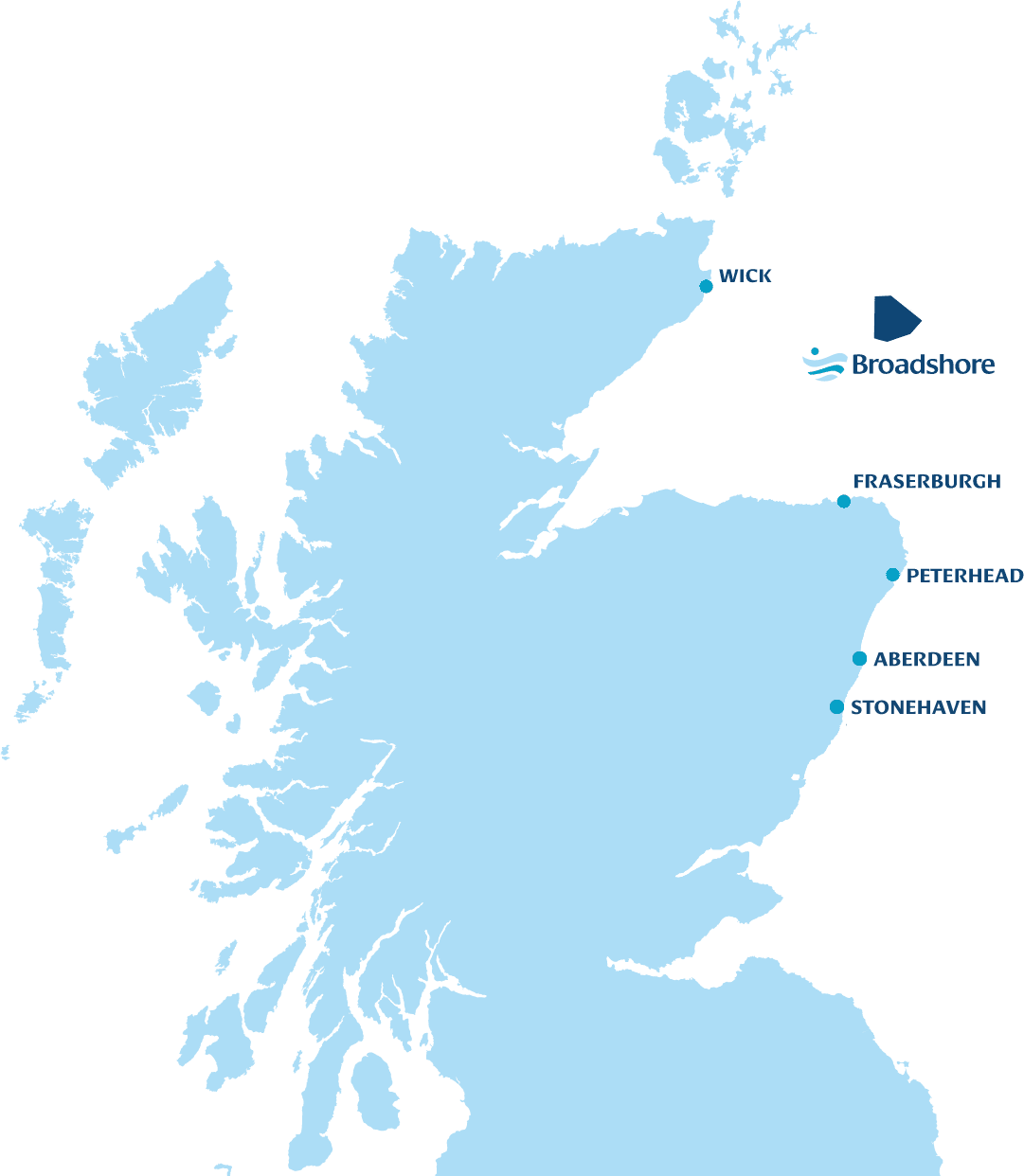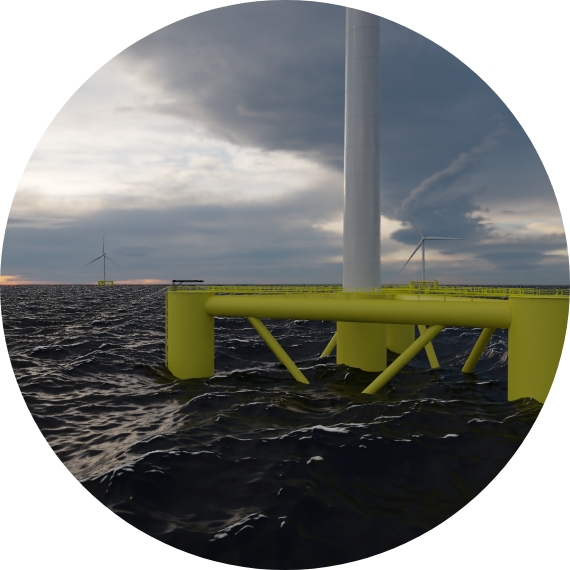The Project

-
900 MW
-
880,000 homes*
-
134 km2
Located in the North Sea, 47 km north of Fraserburgh off the Aberdeenshire coast, we are developing the Broadshore Offshore Wind Farm along with two adjacent innovation projects, Sinclair Offshore Wind Farm and Scaraben Offshore Wind Farm.
With a proposed installed capacity of 900 MW, Broadshore Offshore Wind Farm presents a great opportunity to deliver significant supply chain investment within Scotland. Broadshore will have the potential to supply enough renewable electricity to power over 880,000 homes* and avoid the production of over 1.3 million tonnes of carbon dioxide per year*.
The continued development of offshore wind in Scotland, including the advancement of floating wind farms in deeper waters further offshore is critical to ensuring that Scotland and the UK can meet their binding renewable energy and climate change targets.
We are working collaboratively with other developers across the region to collect and share environmental data.
This approach will enable us to refine Broadshore’s design and bring forward a more environmentally friendly design.
It is proposed that Broadshore will have between 32 and 60 wind turbine generators (depending on turbine capacity). The project design options being considered include wind turbine generators with floating substructures and/or fixed bottom substructures and a range of station keeping systems (including mooring lines and anchors). Consideration is also being given to the design of the offshore and onshore electrical systems, including the offshore substation, offshore export cable, onshore export cable and onshore substation.
Refinement of these project options will continue through the design process, and in conjunction with the environmental impact assessment.
Whilst the grid connection location for Broadshore is yet to be confirmed, our working assumption is that it will connect to the National Electricity Transmission System in the vicinity of Peterhead. Confirmation of the grid connection locations is expected in early 2024.
Indicative Project Timeline

Indicative Project Timeline
2024
Scoping requests submitted for all development areas
Mid-2025 to Mid-2026
Consent applications submitted for all development areas
Mid-2026 to Mid-2027
Consent decisions expected
Mid-2026 onward
Detailed engineering design and procurement
Late 2020s
Construction commences
Early 2030s
Commercial operation